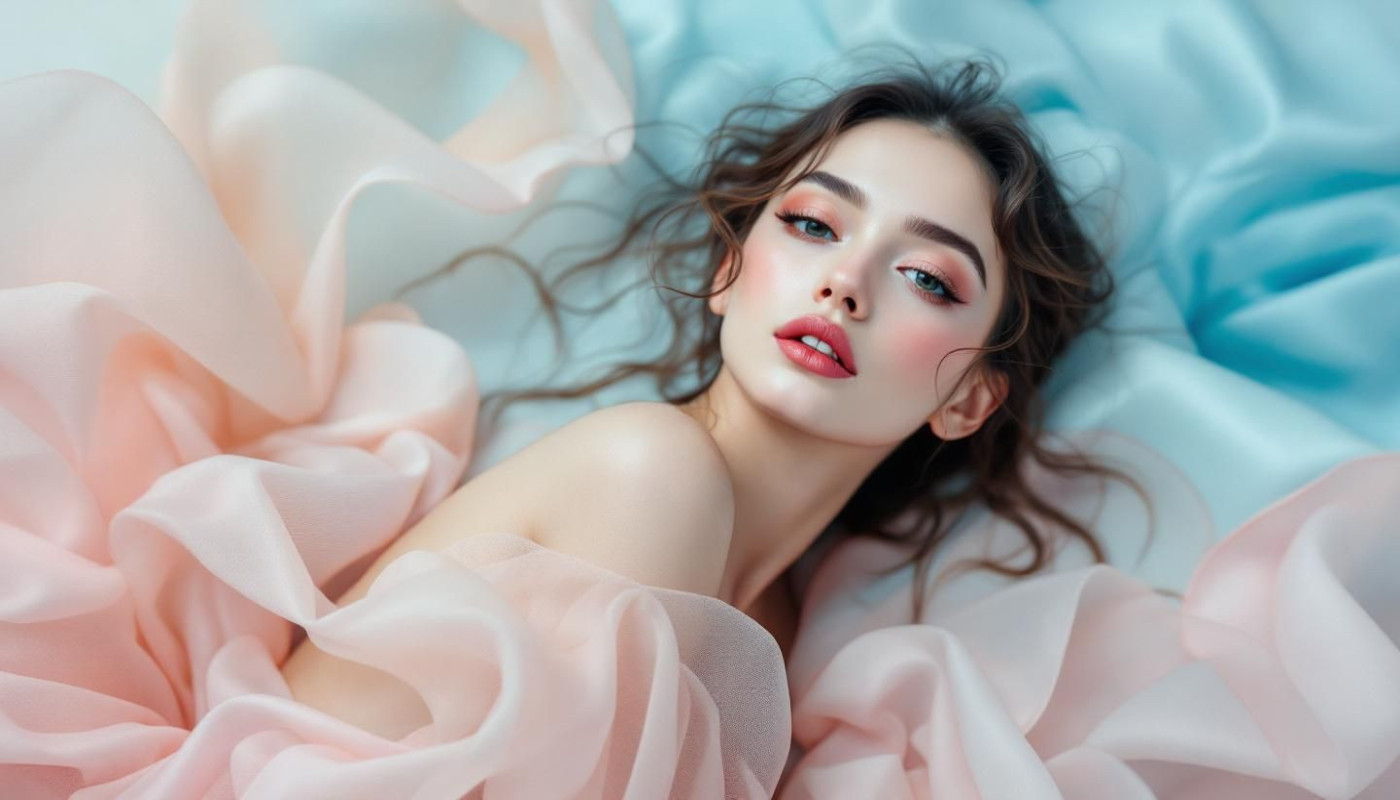Table of contents
The intersection of artificial intelligence and artistic creation is transforming the boundaries of what is possible in the creative world. As algorithms become increasingly sophisticated, the tools and techniques available to artists are evolving at an unprecedented pace. Dive into the following sections to discover how these technological advancements are unlocking new forms of expression, expanding creative possibilities, and redefining what it means to be an artist in the digital age.
Revolutionizing creative processes
AI in art is drastically altering the creative workflow for artists working in digital art, music, and literature by leveraging machine learning and generative algorithms. These advanced systems automate repetitive tasks such as color correction, background rendering, or sound mixing, allowing artists to dedicate time to more conceptual aspects of their work. Generative algorithms can also serve as a source of inspiration, producing novel patterns, melodies, or narrative structures that artists might not have conceived independently. Automation, in this context, breaks down traditional technical barriers, enabling individuals with varying skill levels to access sophisticated creative tools and bring their visions to life more efficiently. Machine learning models continuously evolve by analyzing massive datasets from existing artworks, refining their output to align with current trends or unique artistic intents. In digital art, for instance, AI-driven software assists with creating hyper-realistic images or experimenting with abstract forms that push the boundaries of visual expression. Across disciplines, these innovations not only streamline production but also foster new collaborations between humans and intelligent systems, reshaping the very nature of artistic creation.
Expanding artistic collaboration
The landscape of collaborative art has evolved rapidly with the rise of art technology, particularly through advanced human-AI interaction. Human creators now partner with neural networks, blurring the boundaries between artist and tool. These dynamic partnerships foster innovative creative teams, where traditional roles become fluid and new skills emerge to address the demands of digital mediums. Platforms enabling collective creation harness input from both humans and artificial intelligence, making innovation a shared journey rather than a solitary pursuit. Human-AI collaboration not only accelerates the creative process but also introduces unexpected perspectives, allowing artists, programmers, and even audiences to contribute unique insights. The integration of such technology expands the reach and scope of art, transforming the very concept of authorship and opening doors to experimental forms that would be impossible to realize through human effort alone.
Personalizing artistic experiences
AI is revolutionizing personalized art by leveraging user profiling and immersive technology to adapt creative experiences to individual preferences. Through advanced algorithms, adaptive design enables dynamic installations and interactive experiences that respond to real-time audience input. In music composition, AI can analyze listener histories and moods, generating tailored soundscapes that resonate on a personal level. Interactive storytelling platforms use audience engagement metrics to shape narrative arcs, creating unique, evolving stories with each interaction. This approach not only increases engagement but also fosters deeper emotional connections, as each viewer participates in shaping the artistic outcome. Renowned curators in experiential art recognize that these innovations democratize creativity, offering anyone the opportunity to experience art that feels uniquely their own. For instance, platforms that utilize generative models to create bespoke visual works exemplify this movement—if you are interested in exploring personalized image generation, click this to discover AI-powered tools that adapt visual art to your input.
Preserving cultural heritage digitally
Digital preservation has become a transformative force in safeguarding cultural heritage, enabling specialists to restore and reinterpret world treasures with unprecedented accuracy. Through advanced art restoration techniques powered by artificial intelligence, damaged historical artifacts and artworks can be painstakingly reconstructed, even when original details are missing or unclear. Image recognition, a sophisticated AI capability, allows for the analysis and comparison of vast archives, supporting efforts to verify authenticity, identify lost elements, and predict original appearances. As a result, educational technology platforms are now able to offer immersive, interactive experiences, granting learners and enthusiasts worldwide access to detailed reconstructions of irreplaceable relics. This democratization of cultural heritage not only enriches education but also ensures that diverse communities continue to share, understand, and celebrate their collective identity for generations to come.
Ethics and future challenges
As AI technology becomes deeply embedded in artistic creation, navigating AI ethics emerges as a pressing concern for artists, collectors, and cultural institutions. The intersection of copyright in art and machine-generated works raises complex legal questions: Who owns the output of a generative algorithm, and how should compensation be addressed when source material is appropriated? Questions of authenticity also become increasingly nuanced, as the definition of original artwork evolves alongside AI-generated content. Furthermore, creative bias can seep into generative models when training data reflect historical prejudices or narrow perspectives, potentially perpetuating stereotypes or excluding marginalized voices. Addressing these issues demands not only algorithmic transparency, enabling artists and audiences to understand how decisions are made, but also robust frameworks for responsible use. As the future of art is shaped by sophisticated technology, establishing clear guidelines and fostering critical discourse are vital for ensuring that artistic innovation aligns with ethical standards and respects creators' rights.
Similar articles




